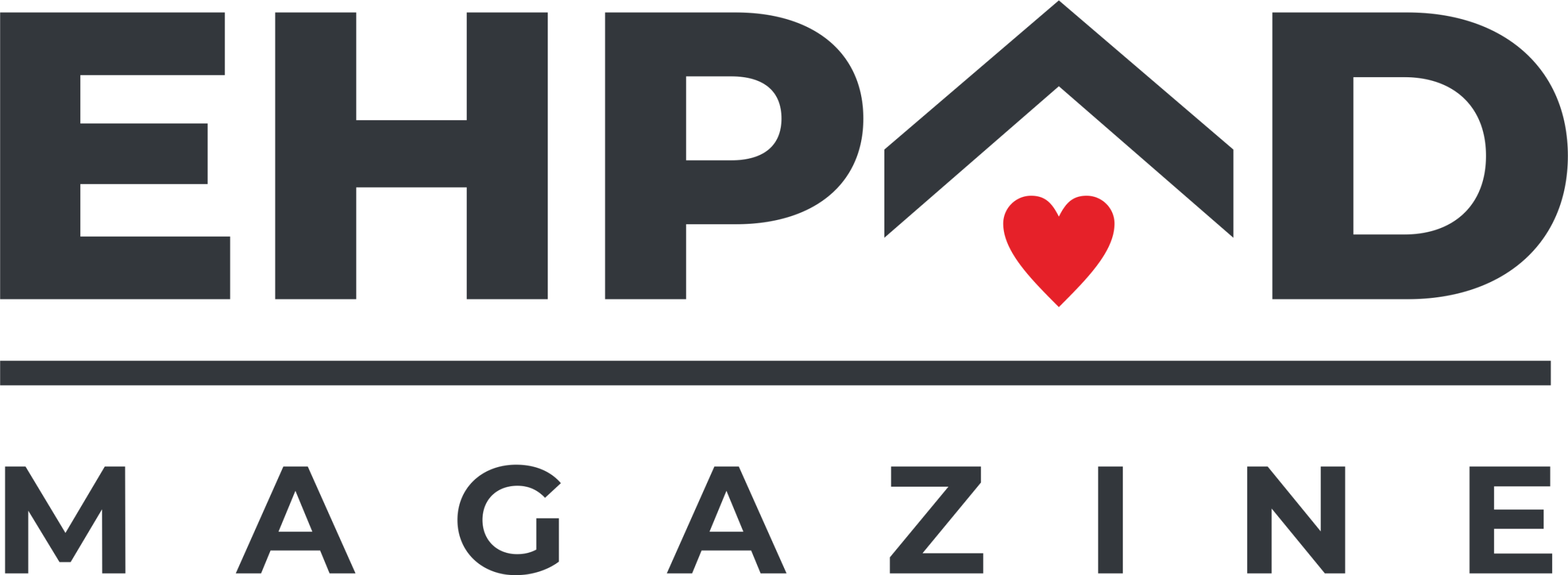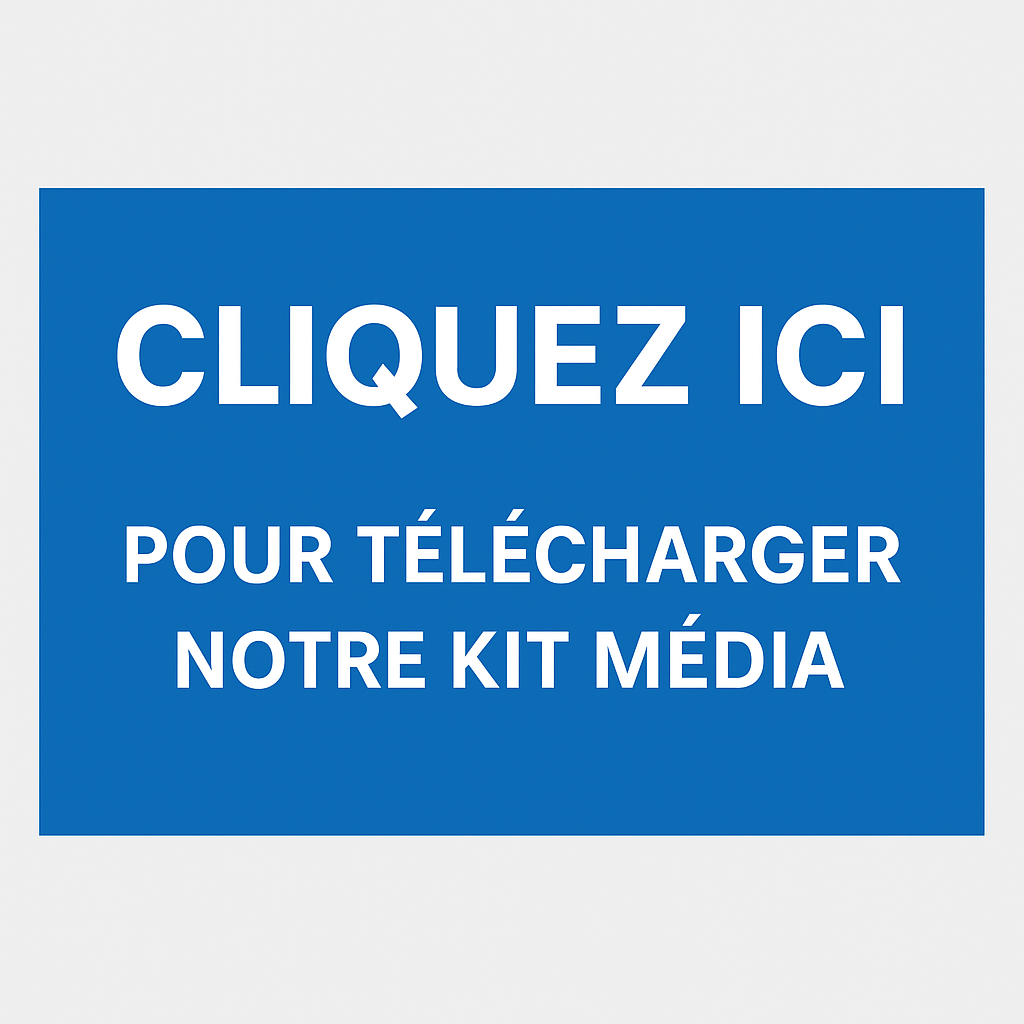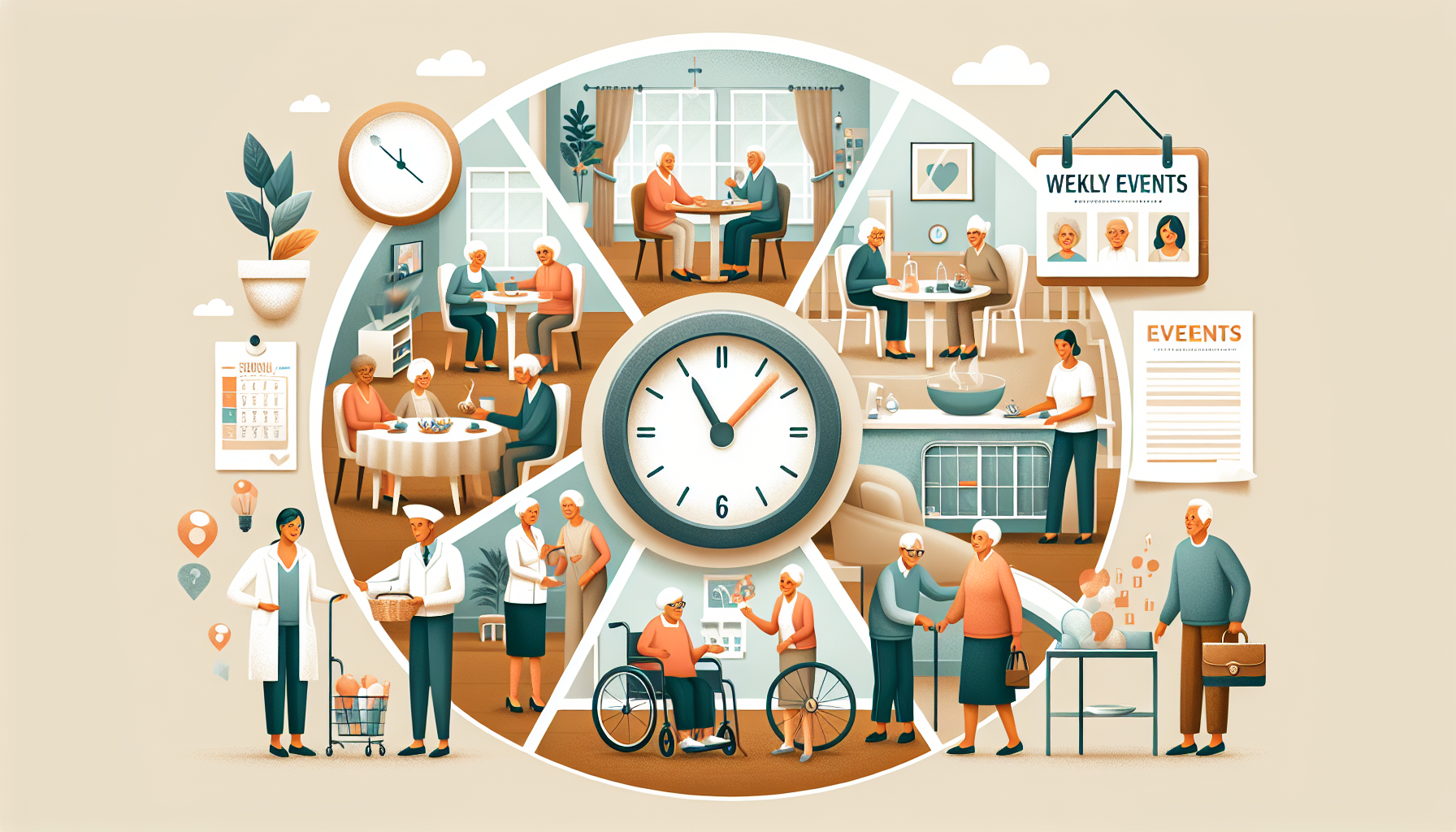📈 The Great Recovery: How Lower Interest Rates Are Reshaping European Care Home Investment
The European nursing home investment landscape is experiencing a remarkable transformation. After three consecutive years of decline following the 2021 peak of €5 billion, investment volumes have surged back to life, reaching €1.76 billion in just the first five months of 2025 – exceeding the same period in the record-breaking year of 2021. This dramatic recovery is being driven by a perfect storm of favorable conditions: European Central Bank (ECB) rate cuts, improving operator performance, and renewed investor confidence. 🚀
💰 The Numbers Tell the Story
The statistics are compelling for any serious EHPAD investor. According to the latest Savills research, care home investment volumes rebounded strongly in H2 2024 with €1.50 billion deployed – 22% above the same period in 2023. This momentum has carried into 2025, supported by falling interest rates and narrowing bid-ask spreads that had been distorted during the earlier period of market uncertainty.
What makes this recovery particularly significant is its sustainability. Unlike previous market surges driven by speculation, this rebound is underpinned by solid fundamentals: Europe’s aging population, acute supply-demand imbalances, and improving operational metrics across major operators. 📊
🏛️ ECB Policy: The Catalyst for Change
📉 Rate Cuts Drive Investment Appeal
The European Central Bank has been aggressive in its monetary easing, cutting rates by 200 basis points over the last 12 months. This policy shift has fundamentally altered the investment calculus for nursing homes. As Oliver Salmon, Director of Global Capital Markets Research at Savills, explains: « Lower interest rates should be a catalyst for stronger investment activity in the real estate sector, by supporting a recovery in values and reducing the cost of debt. »
For EHPAD investors, this translates into several concrete advantages:
• **Reduced financing costs**: Lower borrowing rates improve project IRRs and make acquisitions more attractive
• **Improved asset valuations**: As bond yields decline, the yield premium offered by nursing homes becomes more compelling
• **Enhanced liquidity**: Debt markets remain highly liquid with both bank and non-bank lenders competing intensely for opportunities
🎯 The Yield Premium Advantage
With government bonds offering lower returns, institutional investors are increasingly drawn to the stable, inflation-protected income streams that quality nursing homes provide. The sector now offers yields typically ranging from 5.00% to 6.50% across prime European markets – a significant premium over risk-free rates. 💎
🌍 Geographic Opportunities: Where Smart Money Is Moving
🇬🇧 United Kingdom: The Crown Jewel
The UK remains Europe’s most attractive nursing home investment market, having received over €2.7 billion in capital inflows through 2024 and early 2025. The market’s appeal stems from several factors:
• **Pricing power**: Approximately 50% of the UK market is uncapped private pay, allowing operators to increase fees and pass on cost increases directly
• **Quality gap**: Around 70% of UK care home stock is over 20 years old, creating compelling redevelopment opportunities
• **Scale**: Large, institutional-quality portfolios are available for acquisition
US REITs have been particularly active, with companies like Omega Healthcare Investors and CareTrust REIT acquiring significant UK portfolios at attractive valuations. The ability to structure WholeCo deals and benefit from operational upside has made the UK especially appealing to sophisticated investors. 🏴
🇪🇸 Spain: The Emerging Powerhouse
Spain has emerged as the clear favorite in Southern Europe, attracting investors with its significant demand-supply imbalance and the lowest cost per bed in Europe. The market offers:
• **Demographic tailwinds**: Post-war demographics create strong demand growth
• **Development opportunities**: Much existing stock needs replacing or updating
• **Operational efficiency**: Spanish operators have developed highly efficient models due to cost pressures
Octopus Capital, a major UK investor, has opened a Madrid office to support its Spanish expansion, highlighting the market’s growing institutional appeal. 🇪🇸
🇩🇪 Germany: The Contrarian Play
While currently avoided by some investors due to recent operational challenges, Germany presents compelling long-term value for contrarian investors. The market offers:
• **Scale**: Europe’s largest care market with robust insurance-based funding
• **Attractive pricing**: Recent distress has created buying opportunities
• **Strong fundamentals**: Demographic trends support long-term demand growth
Recent transactions, including Deutsche Wohnen’s €380 million sale of 13 Hamburg care homes and Civitas’s €300 million acquisition of the Katharinenhof portfolio, signal renewed confidence in the German market. 🇩🇪
💼 Investment Strategies: Maximizing Returns in the New Environment
🔄 The Rise of Cross-Border Capital
One of the most significant trends is the dominance of cross-border investment, which accounted for 85% of deal flow in early 2025. This international capital flow is driven by:
• **Geographic diversification**: Reducing exposure to any single regulatory or economic environment
• **Arbitrage opportunities**: Exploiting valuation differences between markets
• **Scale building**: Accessing larger, more liquid markets
For French EHPAD investors, this trend creates opportunities to diversify beyond domestic markets while leveraging expertise in senior care operations. 🌐
🏢 Operational Models: Beyond Traditional Leases
The investment landscape is evolving beyond traditional PropCo/OpCo structures. Management contracts and WholeCo models are gaining traction, offering:
• **Higher returns**: Direct participation in operational upside
• **Better alignment**: Closer partnership between investors and operators
• **Flexibility**: Ability to adapt to changing market conditions
As Caryn Donahue, Head of Senior Housing Transactions at Savills, notes: « Management contracts provide an opportunity for investors to make a greater return, while also fully aligning investor and operator. »
⚠️ Risk Factors: What EHPAD Investors Must Monitor
🏗️ Development Challenges
While demand is strong, several factors constrain new supply:
• **Planning constraints**: Shortage of sites with planning permission
• **Construction costs**: Rising material and labor costs pressure development viability
• **Regulatory hurdles**: Complex approval processes in many jurisdictions
👥 Operational Risks
The sector has learned hard lessons from recent operator distress:
• **Leverage levels**: Excessive debt can quickly become problematic in challenging environments
• **Quality standards**: Regulatory scrutiny has intensified following scandals
• **Staffing challenges**: Labor shortages remain a persistent issue
📋 Due Diligence Checklist for EHPAD Investors
Before making any nursing home investment, consider these critical factors:
✅ **Operator quality**: Track record, financial stability, and care standards
✅ **Market dynamics**: Local supply-demand balance and demographic trends
✅ **Regulatory environment**: Fee-setting mechanisms and approval processes
✅ **Asset quality**: Age, condition, and compliance with modern standards
✅ **Lease structure**: Rent review mechanisms and indexation clauses
✅ **Exit strategy**: Liquidity and potential for value creation
🔮 Market Outlook: Positioning for the Next Phase
📊 Demographic Dividend
The fundamental driver of nursing home demand – population aging – continues to accelerate across Europe. By 2070, Germany alone will have almost 7 million people in need of care, with a shortage of around 2.2 million age-appropriate units. This demographic reality underpins long-term investment confidence. 👴👵
💡 Technology and Innovation
The sector is embracing technological solutions to address operational challenges:
• **Monitoring systems**: Sensors and AI to improve care efficiency
• **Staffing solutions**: Technology to optimize workforce deployment
• **Preventive care**: Early intervention systems to reduce acute care needs
🏛️ Policy Support
Governments across Europe are recognizing the need to support aging populations through policy measures:
• **Infrastructure investment**: Public funding for healthcare facilities
• **Private sector incentives**: Tax advantages and development support
• **Regulatory reform**: Streamlined approval processes
💰 Financial Implications: What This Means for Your Portfolio
📈 Yield Expectations
Current market conditions suggest attractive risk-adjusted returns for well-positioned investors:
• **Prime assets**: 5.00-5.50% net initial yields in core markets
• **Value-add opportunities**: 6.00-7.00% yields with operational improvements
• **Development projects**: 7.00%+ returns for successful completions
🔄 Capital Appreciation Potential
Beyond income returns, several factors support capital appreciation:
• **Yield compression**: As rates fall, property yields may compress
• **Operational improvements**: Better management can drive value creation
• **Market consolidation**: Scale advantages may command premium valuations
🎯 Strategic Recommendations for EHPAD Investors
🚀 Immediate Actions
1. **Secure financing**: Lock in favorable rates while they remain low
2. **Focus on quality**: Target assets with strong operators and modern facilities
3. **Geographic diversification**: Consider cross-border opportunities
4. **Due diligence**: Thoroughly assess operational and regulatory risks
📅 Medium-term Strategy
1. **Build scale**: Develop portfolios that can attract institutional capital
2. **Operational excellence**: Partner with best-in-class operators
3. **Technology adoption**: Invest in systems that improve efficiency
4. **ESG compliance**: Ensure alignment with sustainability requirements
🔑 Key Takeaways in 30 Seconds
• **Market recovery**: European nursing home investment has rebounded strongly, reaching €1.76 billion in early 2025
• **Rate impact**: ECB cuts have improved financing conditions and asset valuations
• **Geographic focus**: UK, Spain, and selective German opportunities offer the best risk-adjusted returns
• **Cross-border trend**: 85% of current deal flow involves international capital
• **Operational evolution**: Management contracts and WholeCo structures are gaining popularity
• **Long-term outlook**: Demographic trends and supply constraints support continued growth
🏥 The EHPAD INVEST Advantage
Navigating this complex and rapidly evolving market requires specialized expertise and local knowledge. Whether you’re considering your first nursing home investment or looking to expand an existing portfolio, the current environment offers exceptional opportunities for informed investors.
The combination of favorable financing conditions, improving operational metrics, and strong demographic tailwinds creates a compelling investment thesis. However, success requires careful market selection, thorough due diligence, and partnership with experienced operators.
🎯 Ready to Capitalize on the Nursing Home Investment Recovery?
The European nursing home investment market is experiencing its strongest recovery in years, driven by ECB rate cuts and improving fundamentals. Don’t miss this opportunity to position your portfolio for long-term success in one of Europe’s most resilient real estate sectors.
For expert guidance on nursing home investments, market analysis, and portfolio optimization, contact EHPAD INVEST today. Our team of specialists can help you navigate this complex market and identify the most attractive opportunities across France, Europe, and beyond.
🔗 Get Your Free Investment Analysis at EHPAD-INVEST.FR
📚 Sources and References
• Savills Research: UK & European Care Home Investment Report (July 2025)
• European Central Bank: Financial Stability Review (May 2025)
• MSCI Real Capital Analytics: European Healthcare Investment Data
• Cushman & Wakefield: European Nursing Homes MarketBeat
• OECD: Ageing and Long-term Care Analysis
This article is for informational purposes only and does not constitute investment advice. All investment decisions should be made after careful consideration of individual circumstances and consultation with qualified professionals.


